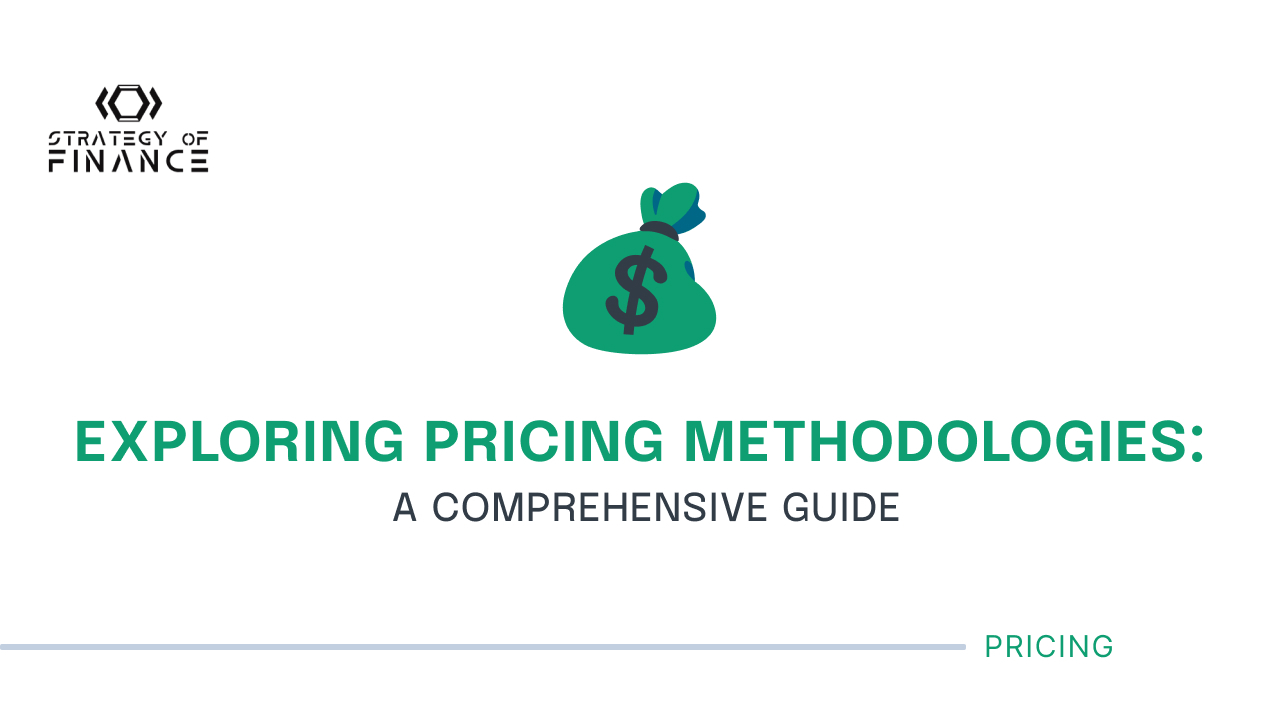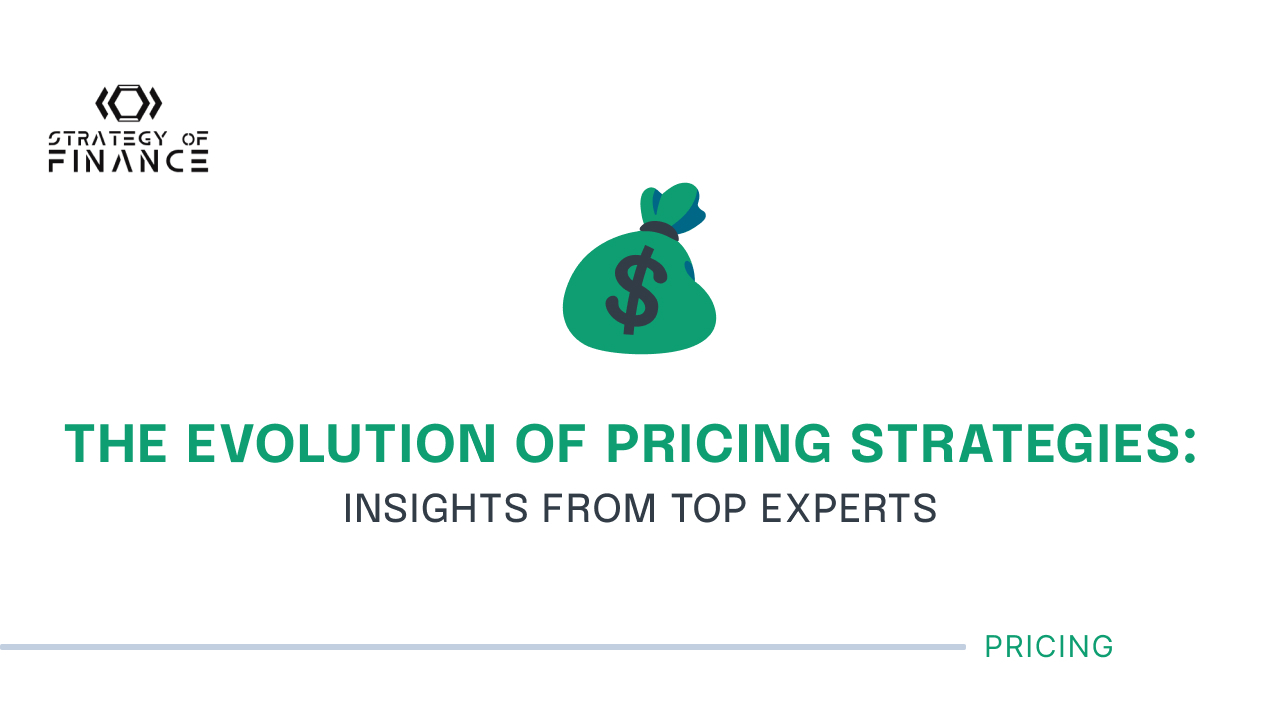Exploring Pricing Methodologies: A Comprehensive Guide

Exploring Pricing Methodologies: A Comprehensive Guide
Introduction
Pricing is not just about attaching a number to a product or service. It’s a complex strategy that involves various methodologies to optimize revenue, cater to different market segments, and align with business goals. Understanding the different types of pricing methodologies can help businesses make informed decisions and drive profitability. Let’s diveinto some of the most common pricing methodologies and how they work.
Two-Part Tariff and Tying Arrangements
Two-Part Tariff: This method involves a fixed fee plus a variable usage fee. A common example is your electric bill, where you pay a base fee regardless of usage and an additional amount based on your consumption.
Tying Arrangements: This involves selling one product as a mandatory addition to another. Classic examples include razors and blades or printers and ink. The primary product (razor or printer) is often sold at a low margin, while the tied product (blades or ink) is sold at a higher margin.
Unit Pricing and Add-On Pricing
Unit Pricing: This is straightforward, where the price is set per unit of measure. Think about grocery stores where products are priced per pound or per liter.
Add-On Pricing: This extends unit pricing by allowing additional features or products to be added at an extra cost. For instance, a car purchase where basic features come at a standard price, but additional features like sunroof or enhanced audio system are extra.
Versioning: Good, Better, Best
Versioning: This method involves offering products in different versions, typically labeled as good, better, and best. Each version caters to different customer needs and price points, allowing for market segmentation based on willingness to pay. This is common in software packages, electronics, and even subscription services.
Price Segmentation
Price Segmentation: This strategy involves dividing the market into distinct segments and setting different prices for each segment based on their willingness to pay. For example, student discounts or senior citizen discounts create price segments within the general market.
Revenue Management and Yield Management
Revenue Management (Yield Management): Used extensively in airlines, hotels, and shipping industries, this strategy varies prices based on demand and supply conditions. Prices may change from one day to the next based on factors such as booking time, demand fluctuations, and remaining capacity.
Subscription-Based Pricing
Subscription-Based Pricing: This model charges customers a recurring fee (monthly, yearly) for continuous access to a product or service. It’s widely used in software (SaaS), streaming services, and membership clubs.
Dynamic Pricing
Dynamic Pricing: Prices are adjusted in real-time based on current market demand and supply conditions. This is common in ride-sharing services like Uber and Lyft, where prices fluctuate based on demand surges and availability.
Pay What You Want
Pay What You Want: An unconventional but sometimes effective strategy where customers pay what they believe the product is worth. This method has been surprisingly successful in certain industries, such as digital content and charitable goods, where the perceived value can lead to higher contributions.
Index Pricing
Index Pricing: Used for long-term contracts, this method adjusts prices based on a predefined index, such as the cost of raw materials or inflation rates. It’s common in industries where costs fluctuate significantly over time, like chemicals, construction, and large-scale service contracts.
Mix and Match
Combining different pricing methodologies can optimize pricing strategies even further. Businesses often mix and match these methods to align with the value they deliver and to make their pricing structure acceptable to customers.
Example: A software company might use a subscription model (subscription-based pricing) with different tiers (versioning) and offer additional features at an extra cost (add-on pricing). For long-term contracts, they might include clauses for price adjustments based on cost indexes (index pricing).
Conclusion
Understanding and implementing the right pricing methodology is crucial for business success. Each method has its strengths and is suitable for different types of products, services, and market conditions. By strategically selecting and combining these pricing methodologies, businesses can enhance their revenue, cater to various customer segments, and maintain competitive advantage.
Pricing is not a one-size-fits-all approach. It requires a nuanced understanding of the market, customer behavior, and the unique value proposition of the product or service. By mastering these pricing methodologies, businesses can create compelling value propositions that resonate with their customers and drive long-term profitability.
***
June 07, 2024 By Rohit Agarwal
Related Content

June 06, 2024

Author & Pricing Expert at Wigalf Picing
Entertainment.
Energy.

The Price Whisperer, Pricing Expert & Consultant
Intelligent.
Practical.








